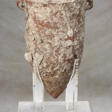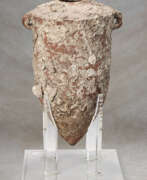Iron Age

Iron Age
The Iron Age, which was the last epoch of the Metal Age, replaced the Bronze Age and made iron the main material for making tools and weapons. This watershed period in human history began between 1200 and 600 BC and, depending on the region, covered Europe, Asia, and parts of Africa.
The Iron Age, characterized by the advent of smelted iron and steel, was marked by technological advances that significantly influenced the development of human civilization. This era is defined not only by the advent of iron, but also by cultural shifts and the emergence of new civilizations such as the Persian Empire. In Britain, the Iron Age lasted from about 750 BC to 43 AD, which shows the length and influence of this period of history.
Different regions entered the Iron Age at different times; in Eastern Europe, its beginning was marked by cultures such as the Koban, Montenegro and Novocherkassk cultures around 900 B.C. The innovations and cultural transformations of the Iron Age set the stage for subsequent historical events and laid the foundation for the formation of complex societies.
For those interested in the past and its impact on modernity, the Iron Age offers rich opportunities for study. Its artifacts, from simple farming tools to sophisticated weapons, are displayed in museums around the world and tell a story of human ingenuity and adaptability. Collectors and historians value these items for their historical significance and the technological leap they represent. Subscriptions to museum newsletters and historical journals are recommended for up-to-date information on Iron Age finds and artifacts.
| Country: | Africa, Asia, Europe |
|---|---|
| Start of the period: | 1200 BC |
| End of the period: | 332 BC |

